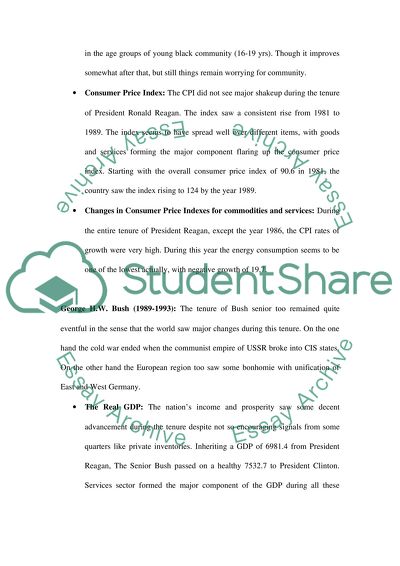Cite this document
(Economic Situation in the US in the Period of the Different Presidents Assignment - 1, n.d.)
Economic Situation in the US in the Period of the Different Presidents Assignment - 1. Retrieved from https://studentshare.org/macro-microeconomics/1556480-economic-report
Economic Situation in the US in the Period of the Different Presidents Assignment - 1. Retrieved from https://studentshare.org/macro-microeconomics/1556480-economic-report
(Economic Situation in the US in the Period of the Different Presidents Assignment - 1)
Economic Situation in the US in the Period of the Different Presidents Assignment - 1. https://studentshare.org/macro-microeconomics/1556480-economic-report.
Economic Situation in the US in the Period of the Different Presidents Assignment - 1. https://studentshare.org/macro-microeconomics/1556480-economic-report.
“Economic Situation in the US in the Period of the Different Presidents Assignment - 1”, n.d. https://studentshare.org/macro-microeconomics/1556480-economic-report.


